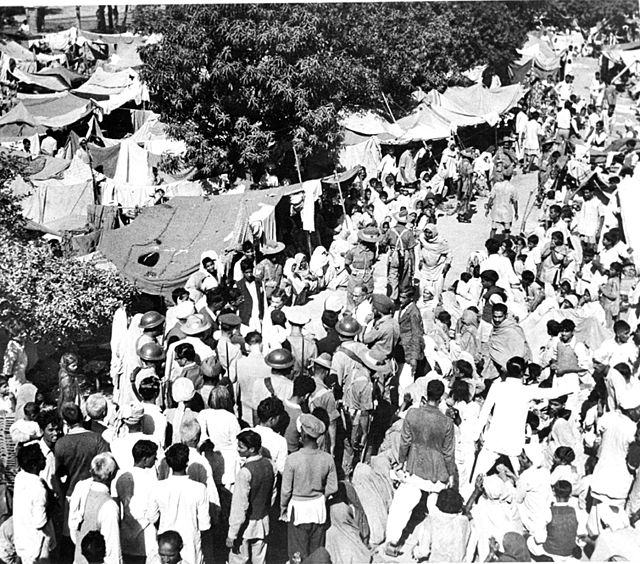After bursting onto the scene with a blistering debut, The Chalk Man, CJ Tudor has carved a nice little niche for herself in the psychological thriller zone with such books as The Taking of Annie Thorne and The Other People. The Burning Girls is her latest release, and as with all of Tudor’s books, it whipped up a buzz of excitement and expectation. No pressure then, Ms Tudor.
The Rev Jack Brooks leaves a rundown parish in the heart of Nottingham under something of a cloud, and under duress takes an interim post at a rural parish in deepest Sussex. The two places are at opposite ends of the spectrum. In Nottingham the congregation was sparse and brought with it all the issues and challenges of an inner city community. On the other hand, Chapel Croft is home to an historic church and stands at the heart of a closely-knit village.
But as we crime fiction lovers know only too well, closely-knit villages are a hotbed of secrets, intrigue and wrong-doing, and Chapel Croft is no different. In fact, 500 years ago it was the execution site for eight religious martyrs and there’s a memorial to them in the churchyard, traditionally littered with little stick figures known as ‘burning girls’. More recently, 30 years ago to be precise, two local teenage girls vanished without trace. Jump to the present, and there’s the little matter of what happened to Jack’s predecessor…
Plenty there to be going on with, wouldn’t you think? But no, this author has several other plot devices to chuck into the pot. Jack has a teenage daughter, Flo, who is 15 and likes to take photos with an old fashioned film camera. Understandably enough, she isn’t too chuffed about being pulled away from her pals. Then there’s Wrigley, another teenager, who is a bit of an outcast and forms a friendship with Flo. Jack doesn’t approve, but Flo doesn’t care about that (typical teenager). We also have ghostly apparitions, an odd verger, an elderly ex-journalist who is convinced there was something fishy about the last vicar, and a snobby family with two strange daughters…
Oh, and Jack has secrets too. And there’s someone else who keeps popping up in the narrative, a shadowy figure who is just out of prison and looking for somebody who snubbed him in the past. In short, this book is bursting with plot strands, to the point of perhaps over-egging the pudding – and that’s such a pity. Tudor is skilled at misdirection and you may find yourself going back a few pages every now and then, just to marvel at how she fooled you so comprehensively, but she veers perilously close to overwhelming us with her cleverness and is perhaps juggling with too many balls at once.
There’s a comprehensive list of characters, some well rendered (like elderly snooper Joan Hartman), others bordering on the cliche (snobby, objectionable Simon Harper). The villagers-close-ranks-and-snub-newcomer angle is also so well worn as to be near transparent. This is a book that could have been great; instead it spreads itself too thinly, and juicy little nuggets of plot which appear so promising instead dry up into nothingness.
The Burning Girls has all the hallmarks of a cracking, intriguing read, but wading through the myriad little side roads and country paths can become a tad tedious at times. Yes, everything is resolved at the end, but it is all done at eye-wateringly high speed, with details sketched in loosely rather than fully fleshed out and satisfactory. Ultimately, I was left feeling somewhat cheated.
Read our interview with the author here. Sussex is also the setting for The Postscript Murders by Elly Griffiths.
Michael Joseph
Print/Kindle/iBook
£7.99
CFL Rating: 3 Stars





